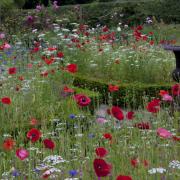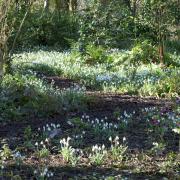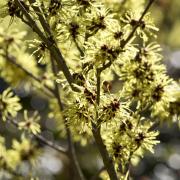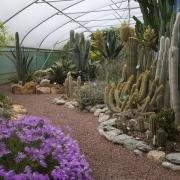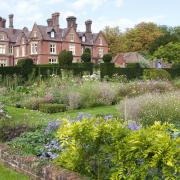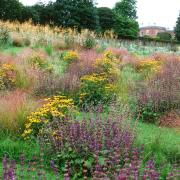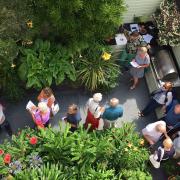A very special garden celebrating Kent’s mining heritage will fly the flag for the Garden of England at the 2015 RHS Hampton Court Palace Flower Show
Hadlow College is bringing a very special garden to the RHS Hampton Court Palace Flower Show this July that is both inspired by and celebrates Kent’s mining heritage.
Coal was first discovered in Kent back in 1882 but it wasn’t until 1912 that it was first mined. With no mining skills available in Kent, miners and their families relocated from Wales, the Midlands, the North of England and other traditional mining areas.
Kent coal was difficult to extract, the seams being deep and thin, making it the most expensive to mine in the country. By the early 1980s the decision was made to close uneconomic collieries and the last Kent mine – Betteshanger – shut in 1989.
The human suffering that resulted from the closure of the collieries was huge. Located in a rural area with very few job opportunities, the mining families lost the benefits, including transport links and medical services, provided by British Coal.
Successive governments all promised regeneration but, from the perspectives of job creation and initiatives to draw money into the area, little of significance happened.
The pattern of hope and disappointment continued until 2011 when Hadlow College formulated the Betteshanger Sustainable Park plan. The first part of the £40m plan will incorporate a green energy centre, multi-purpose conference and events space, a visitor centre and the Kent Mining museum.
Named Green Seam, the Hadlow garden for Hampton Court is designed by Bethany Williams and Stuart Charles Towner, both of whom will graduate with BA (Hons) in Garden Design from Hadlow College/University of Greenwich later this year.
Their design depicts the transformation of the colliery site into a sustainable park that offers new hope for the surrounding communities: the black seam of coal becomes the green seam of hope.
The garden demonstrates how pioneer plant species can colonise apparently hostile environments such as spoil heaps and transform them into places of beauty.
It shows the contrasts between the dark colliery spoil and the vivid greens and pinks of pioneer plants such as Chamerion augustifolium tempered by the whites and silvers of birches and aspens.
The framework of native plants featured in the garden supports indigenous wildlife. A black wall represents the coalface and divides the space between the ‘wild’ spoil heap and the ‘tamed’ garden.
Coal pillars represent the miners; a lift cage symbolises the miners’ daily descent to the mine workings. Black opaque pillars represent the future.
The designers
Bethany is a self-employed garden and landscape designer and, after graduation, will be setting up her own design practice. Her mother’s large garden and the wider landscape of Whitstable’s beaches, where she grew up, have been helpful influences.
Stuart, who grew up gardening with his parents and grandparents, worked as a designer with Hambrook Landscapes, achieving a BALI National Landscape Award and an Association of Professional Landscapers award for one of his gardens.
Last year he exhibited for the first time at RHS Hampton Court and was delighted when his garden ‘Halo’ was awarded a Silver-gilt Medal. Bethany assisted Stuart with Halo’s construction and planting.
Find out more
More information about courses at Haldow Collegeat: https://hadlow.ac.uk
30 June-5 July: RHS Hampton Court Palace Flower Show, www.rhs.org.uk/Hampton-Flower-Show
n






